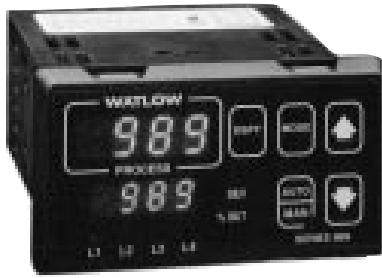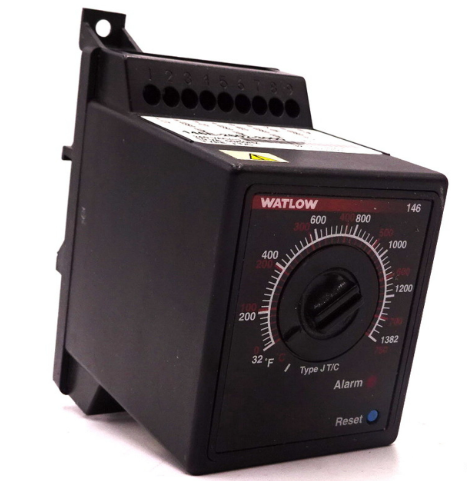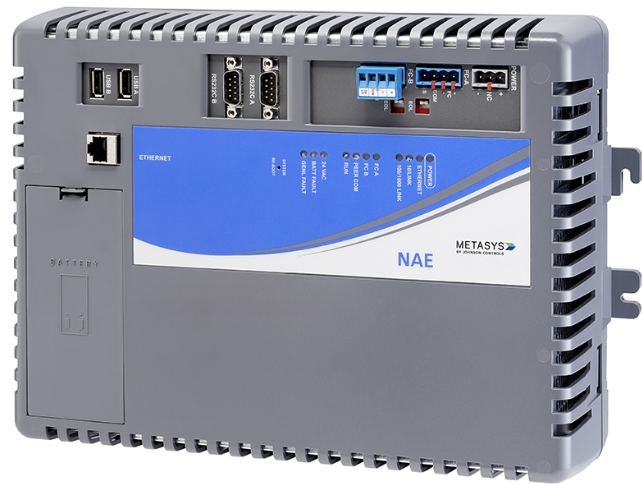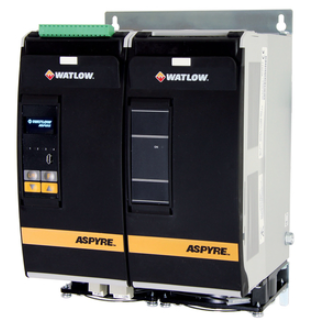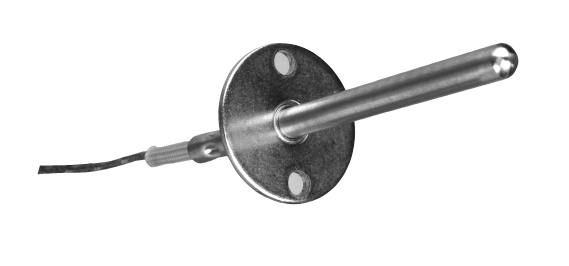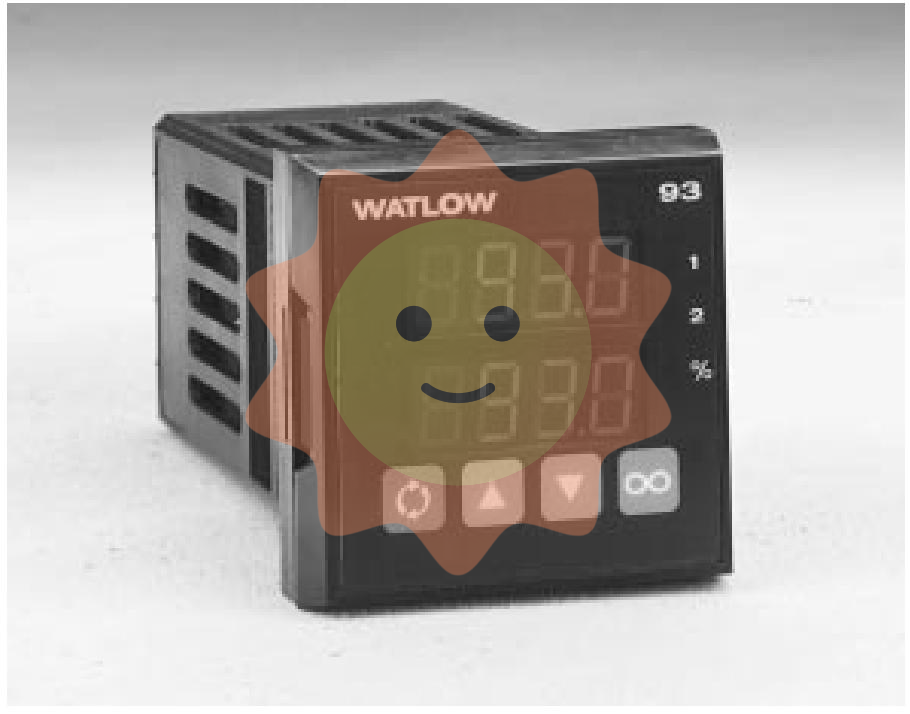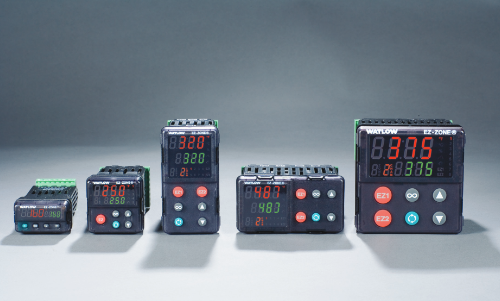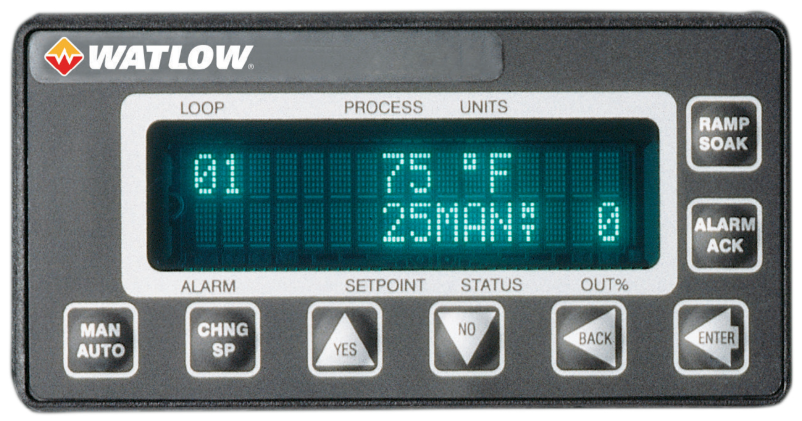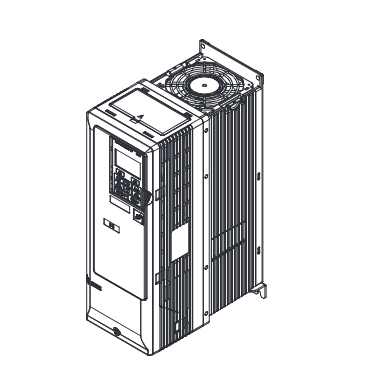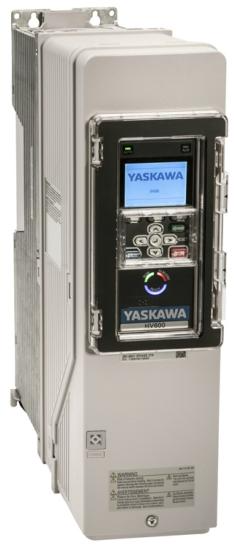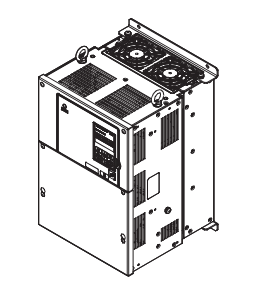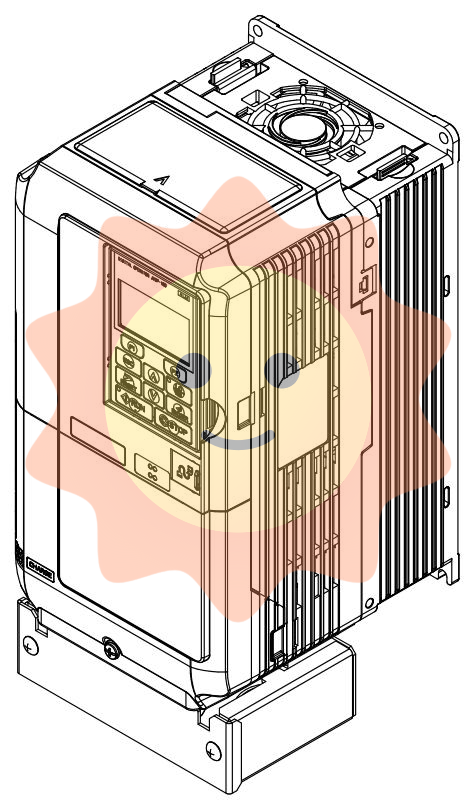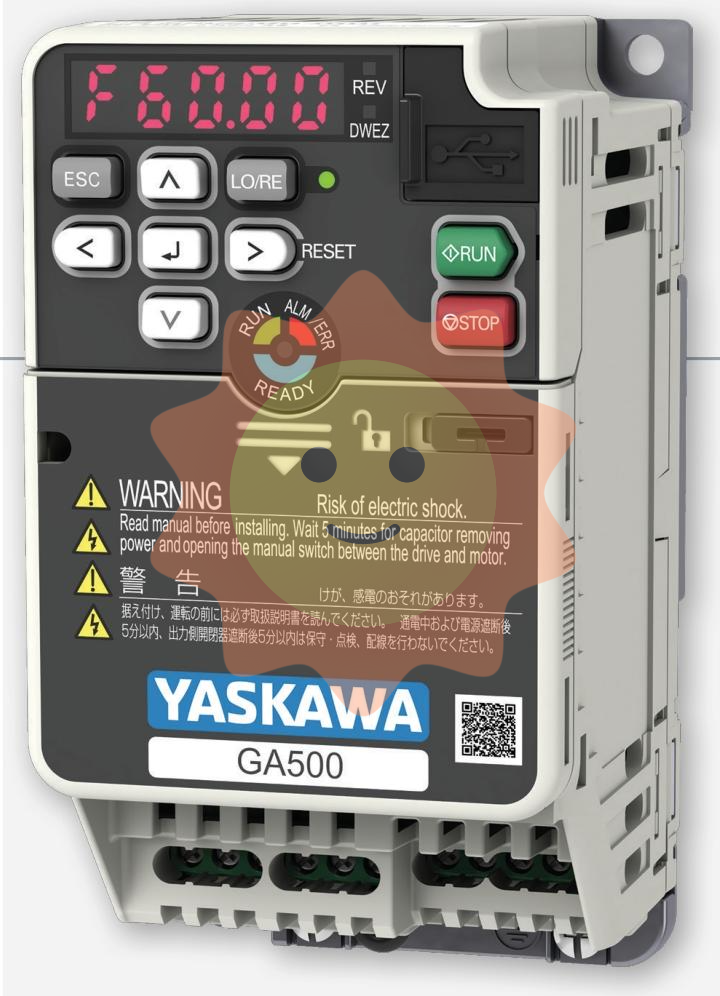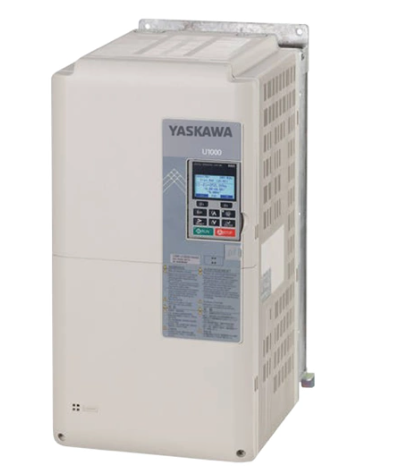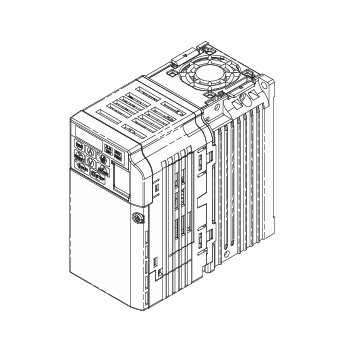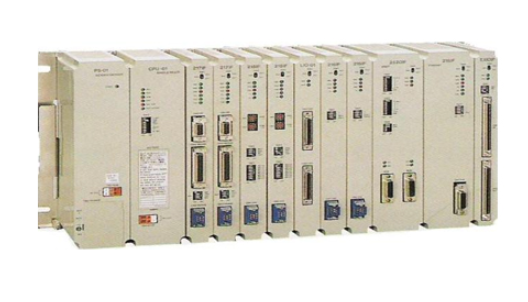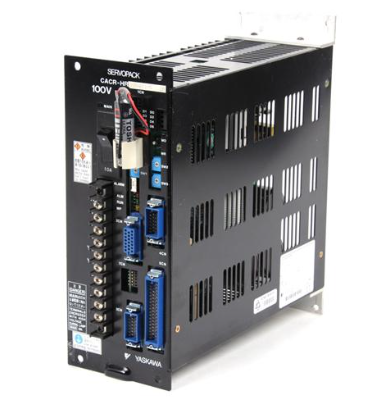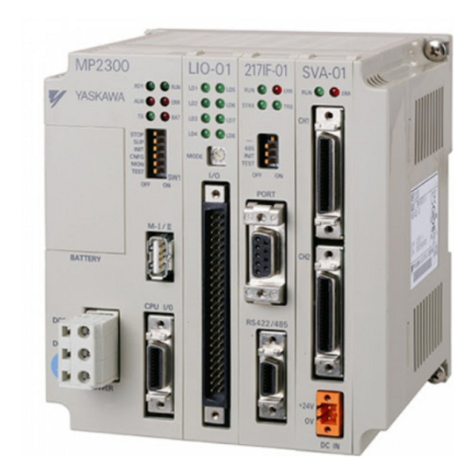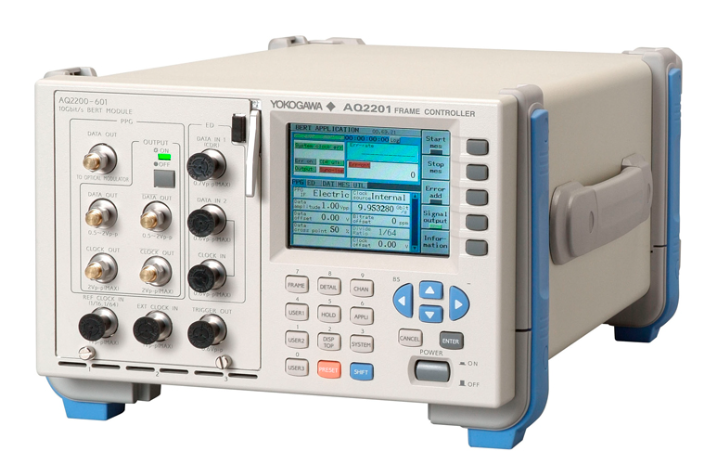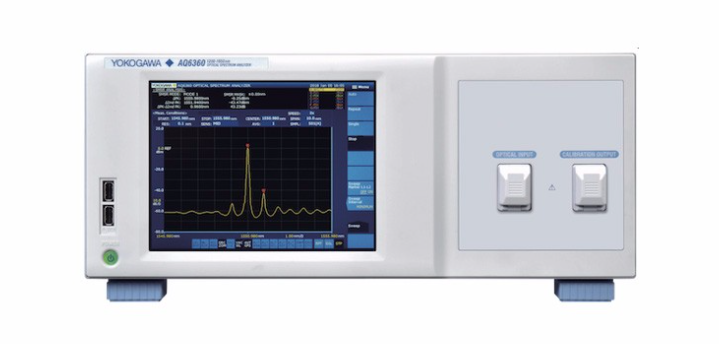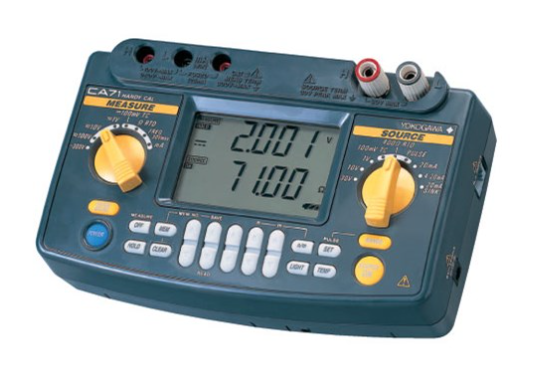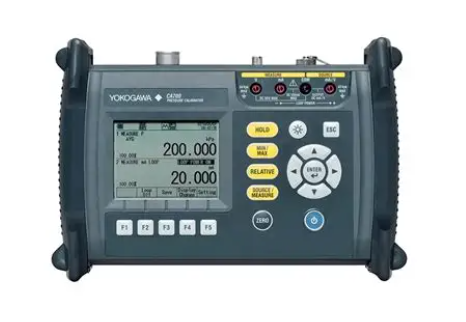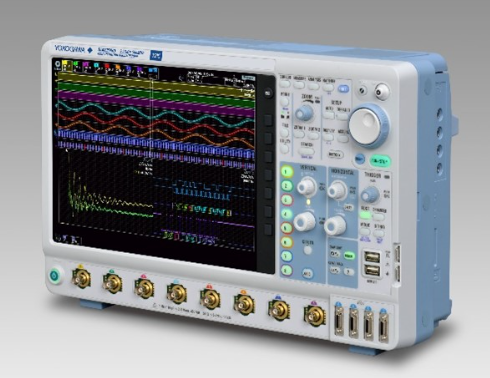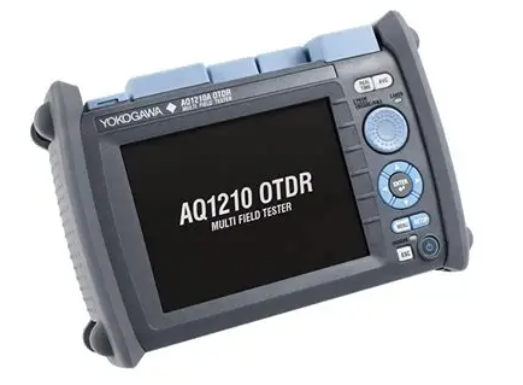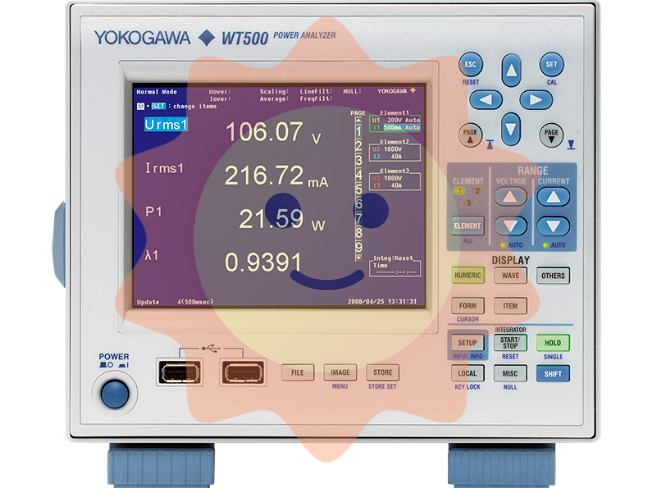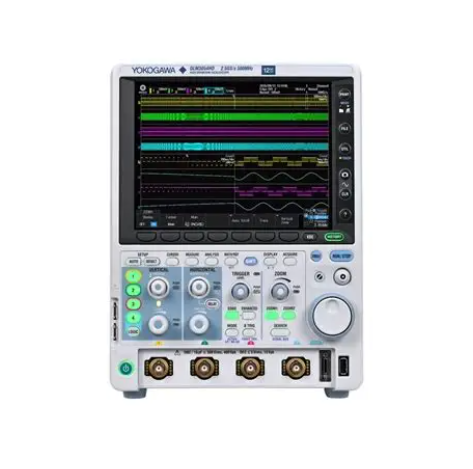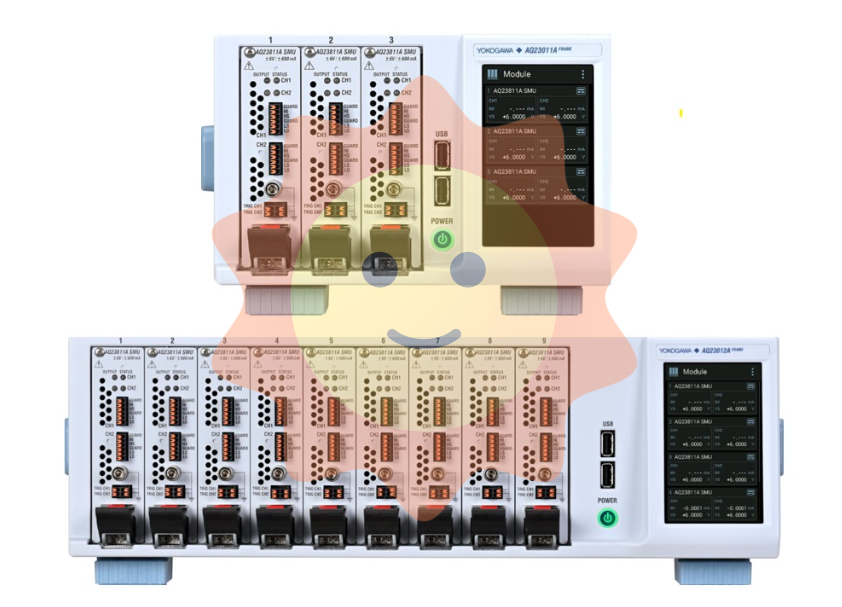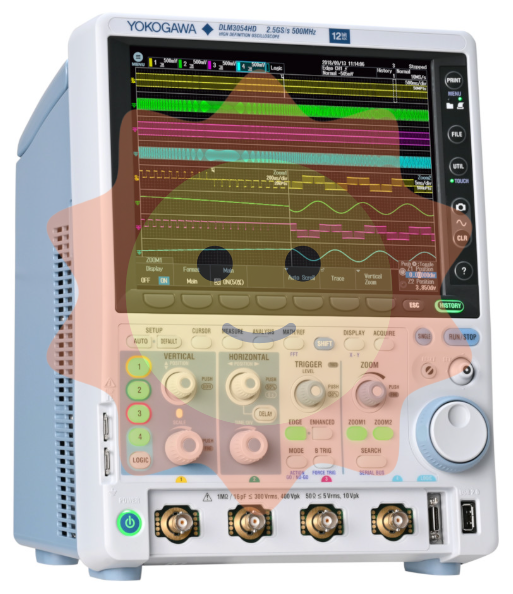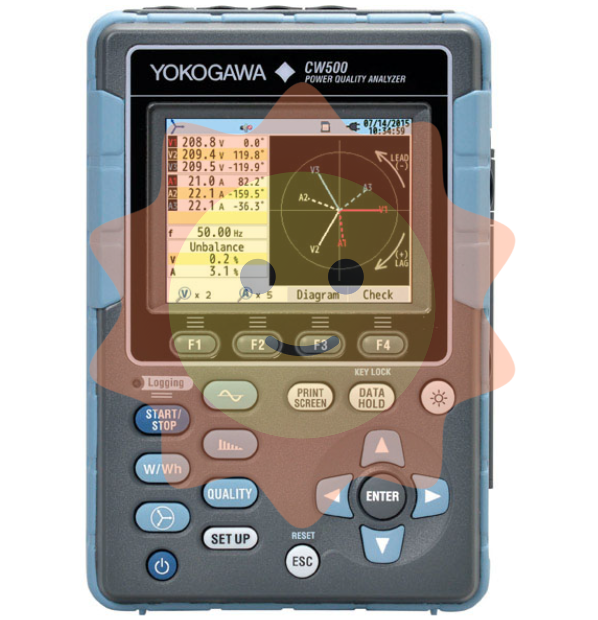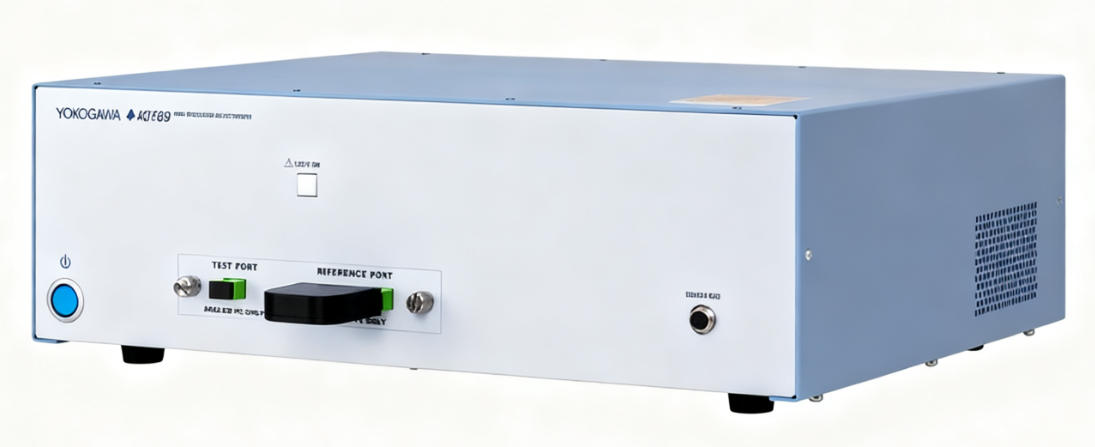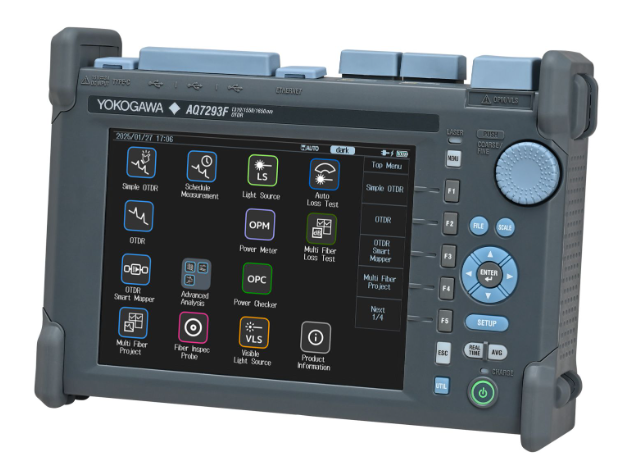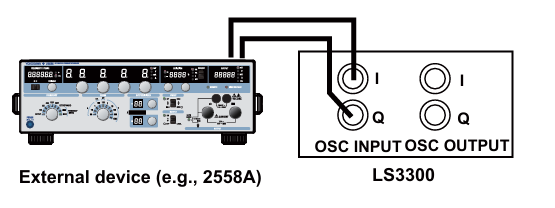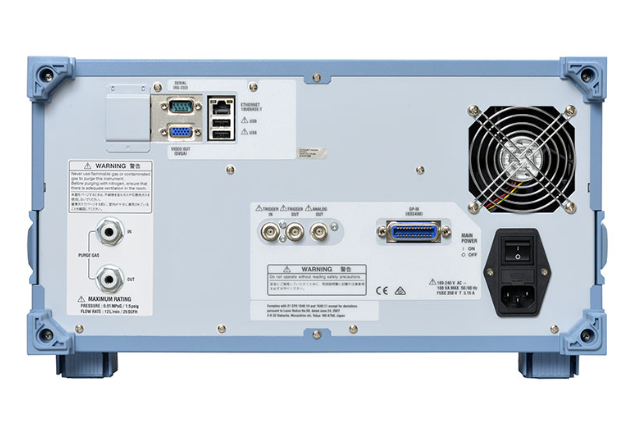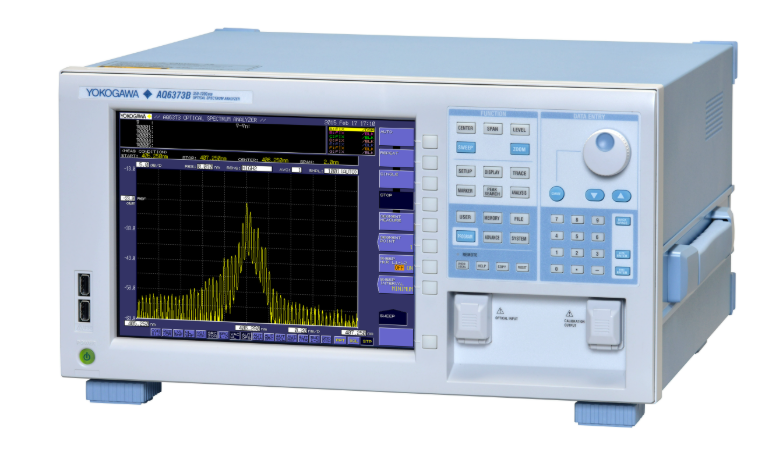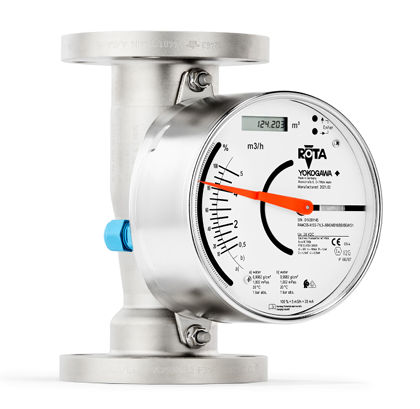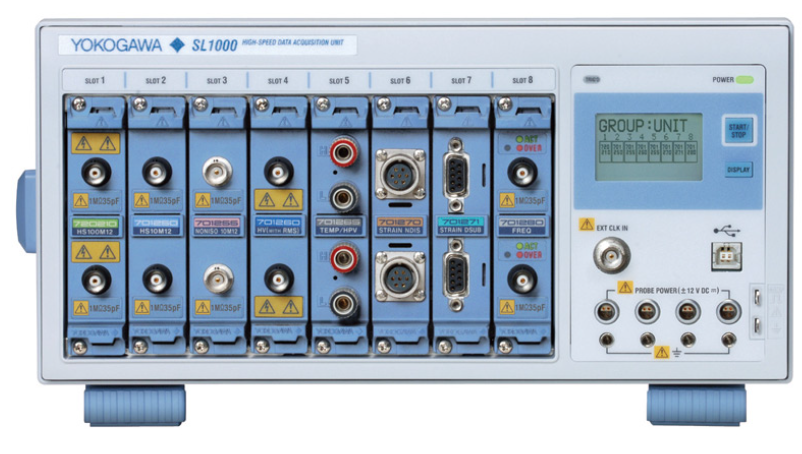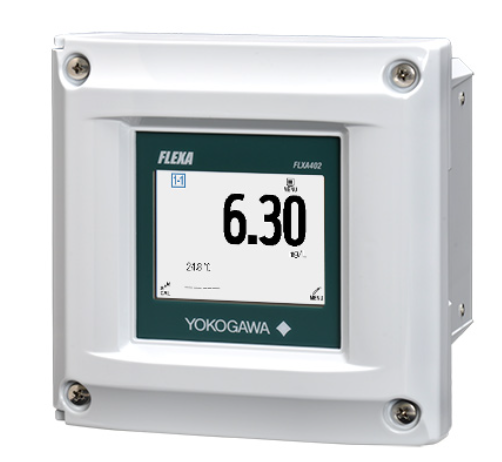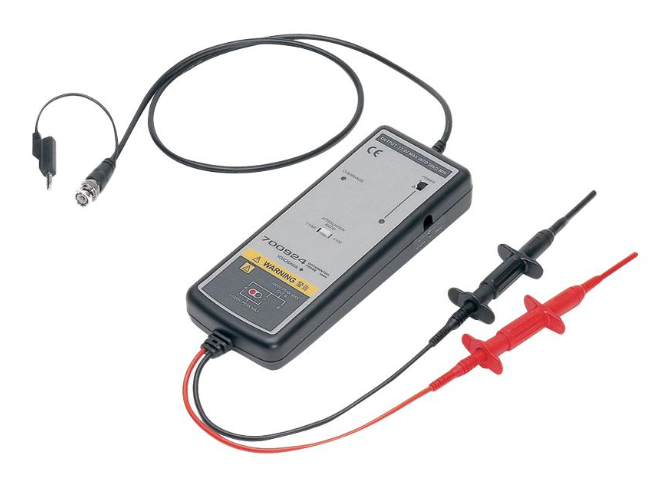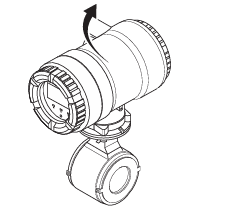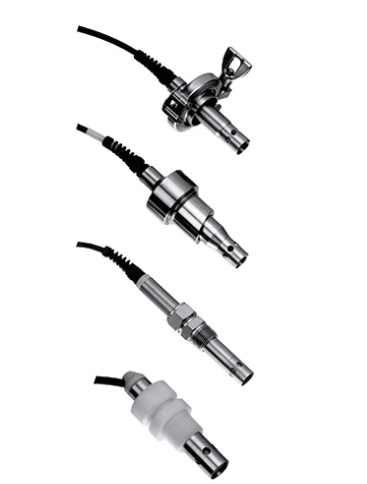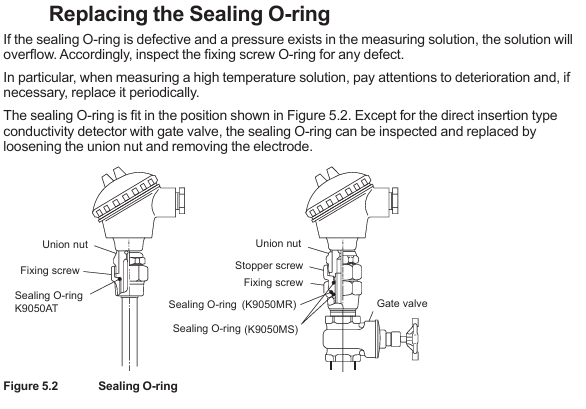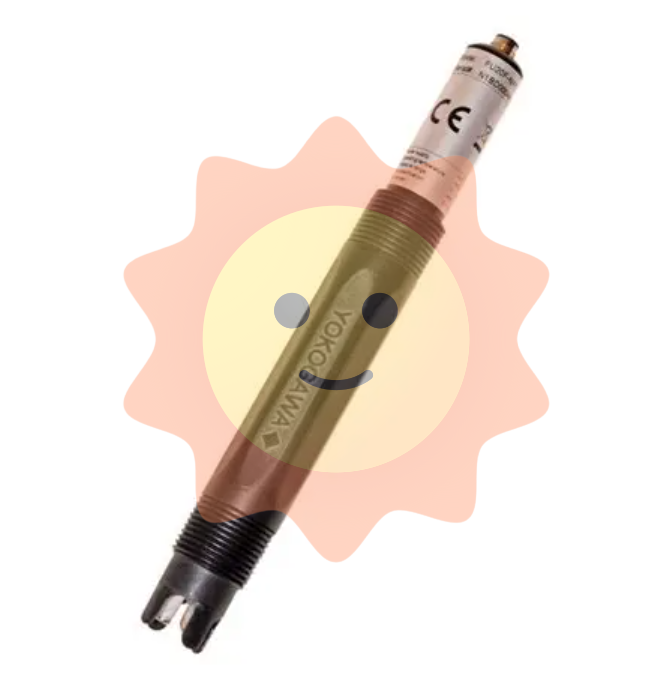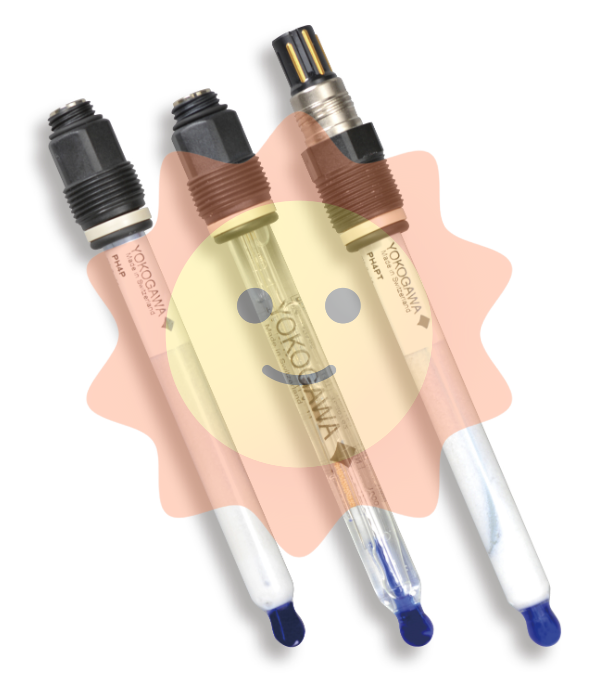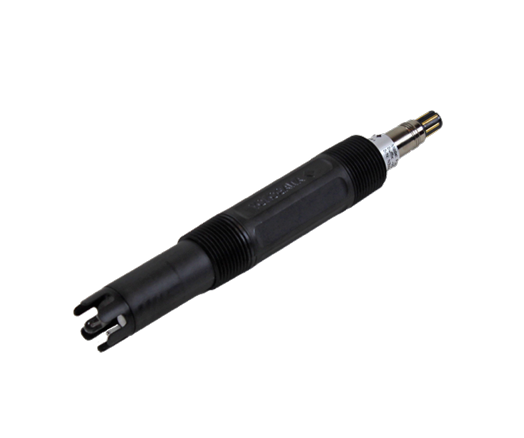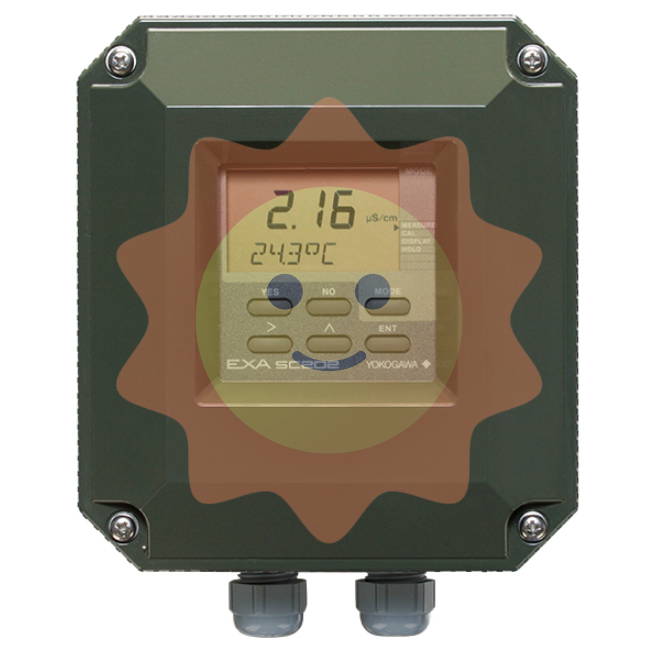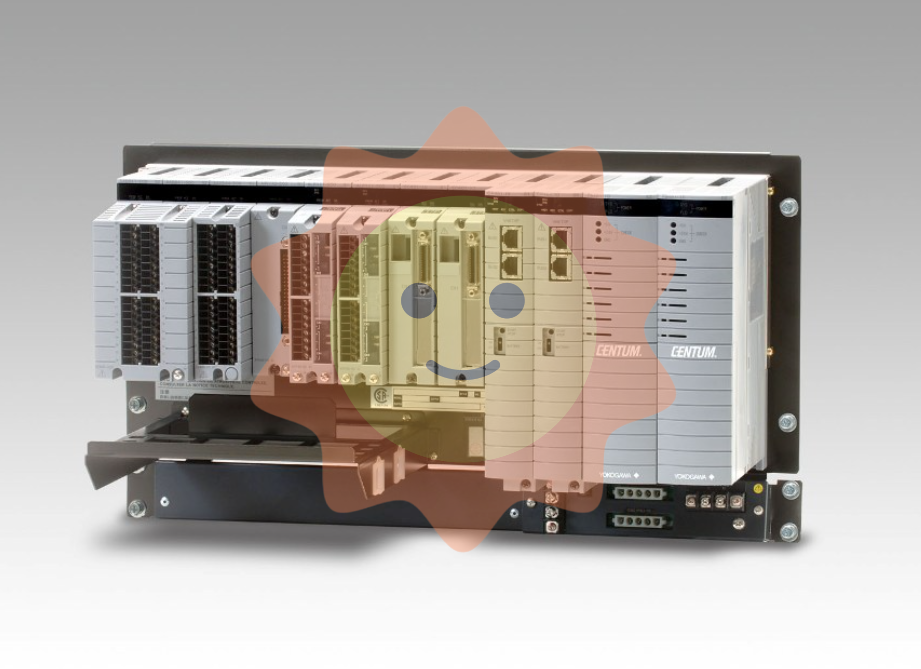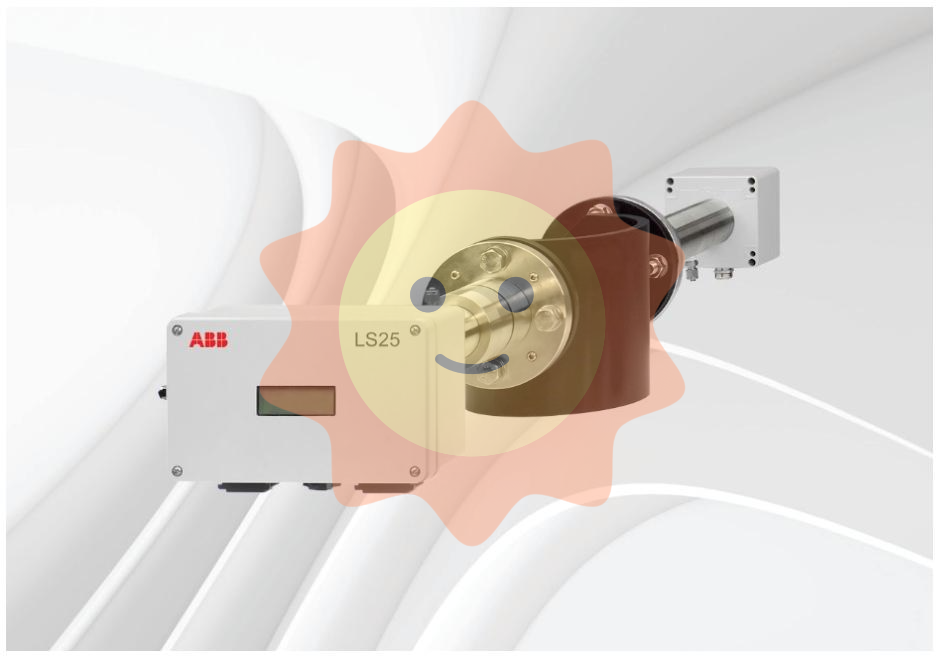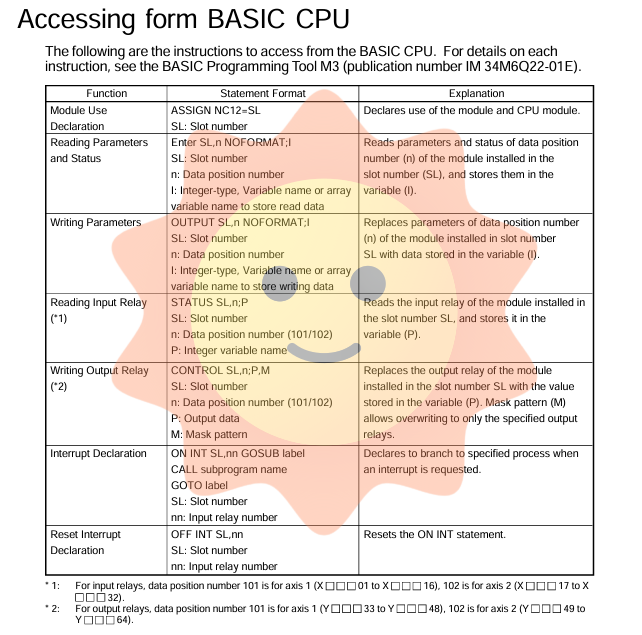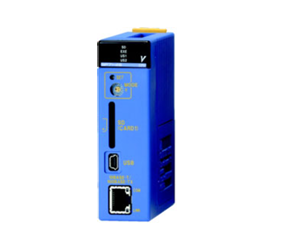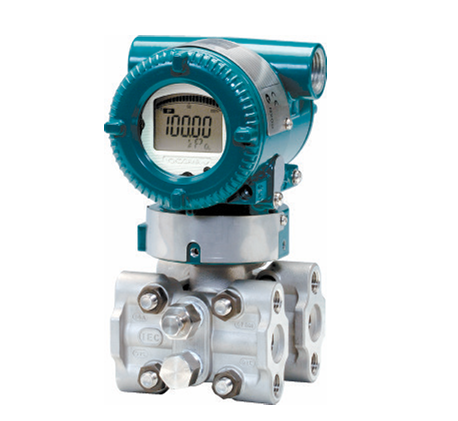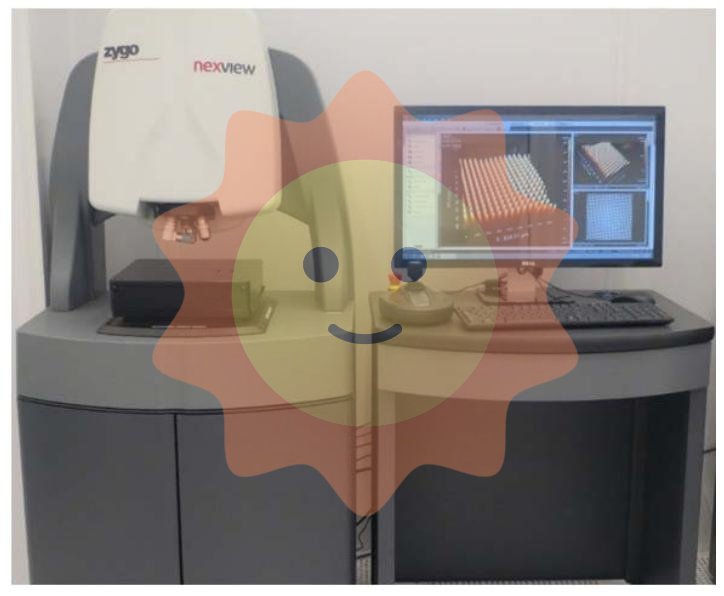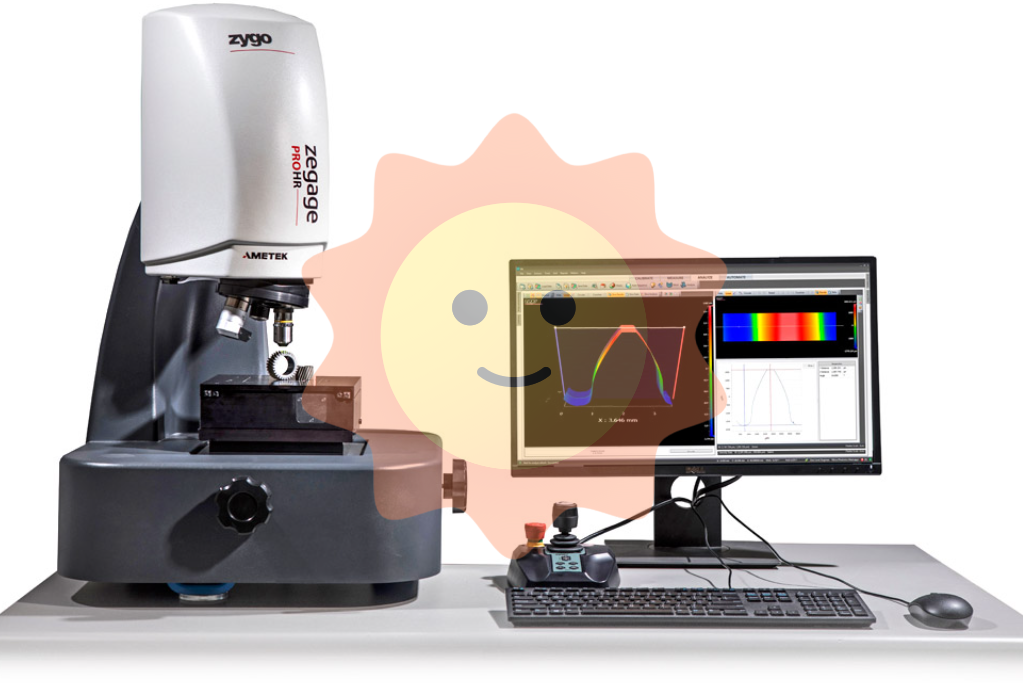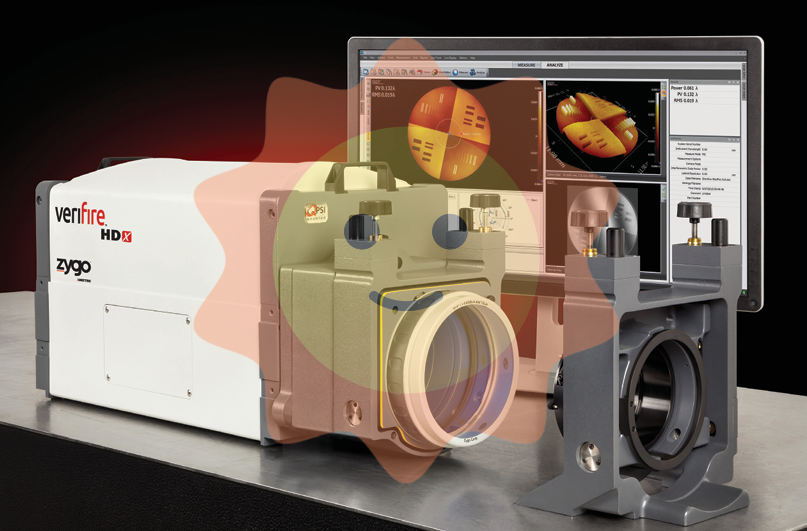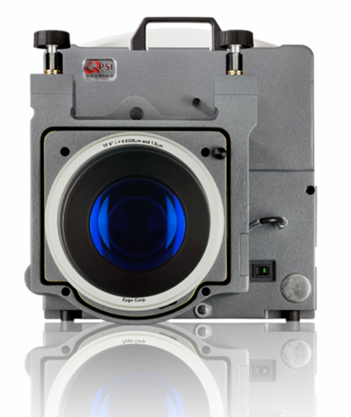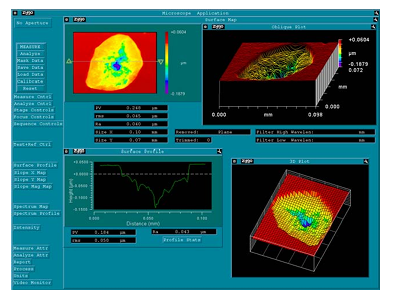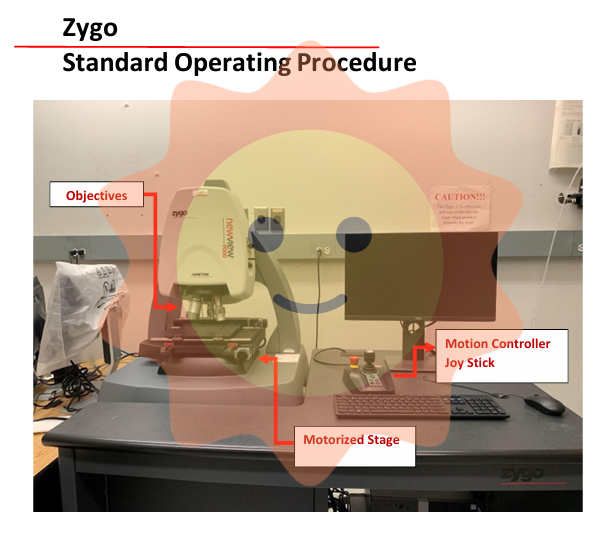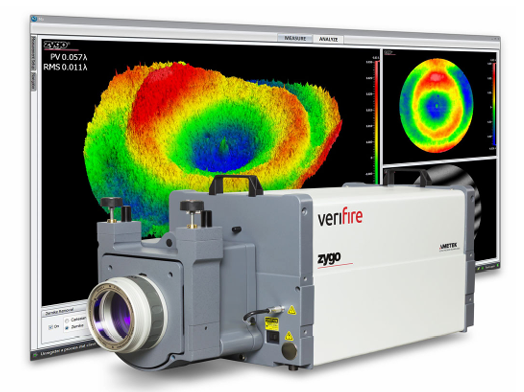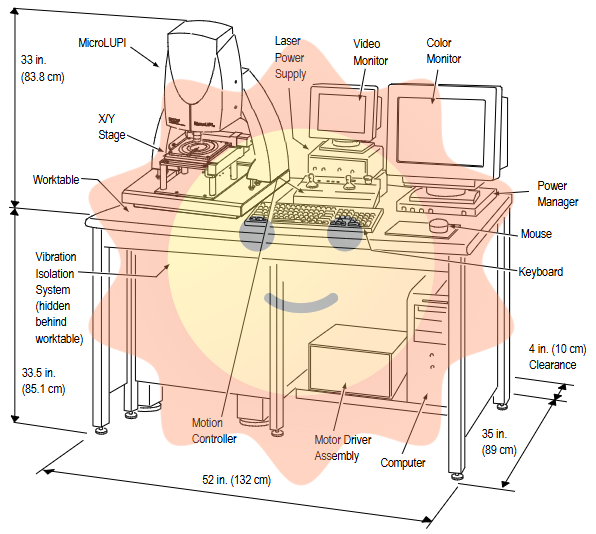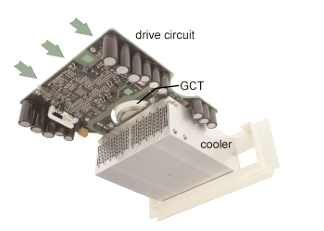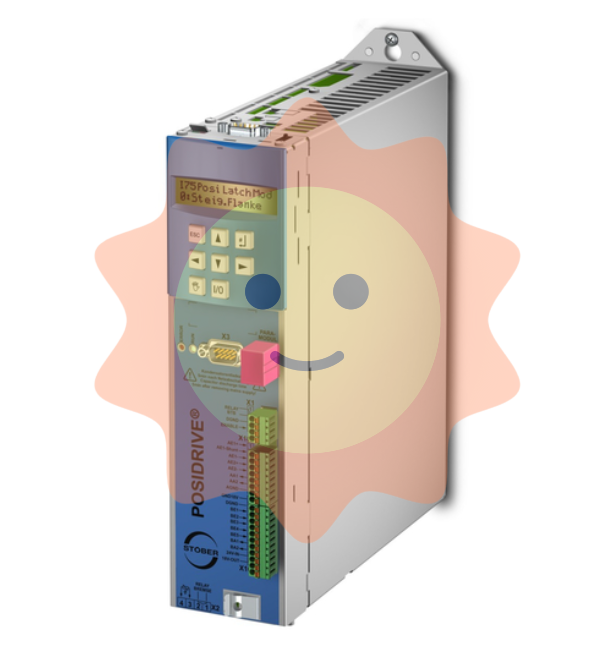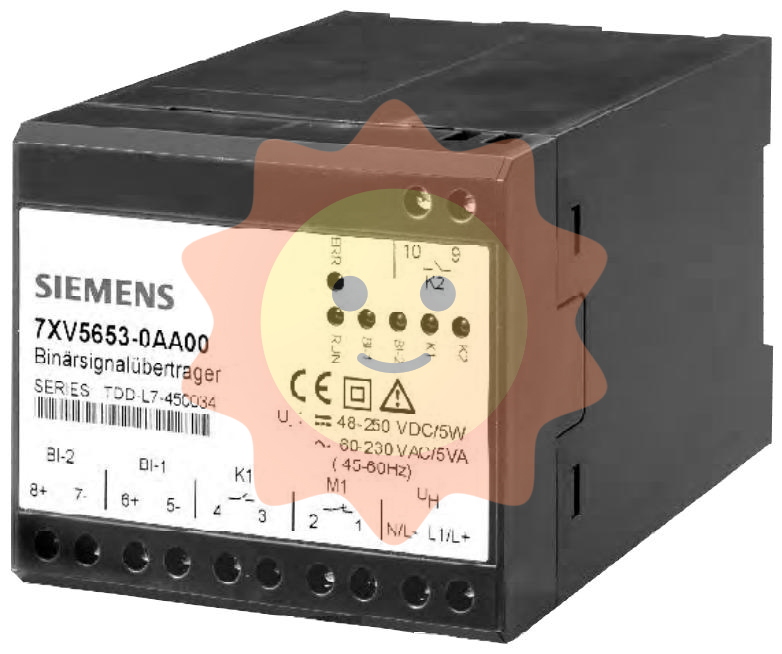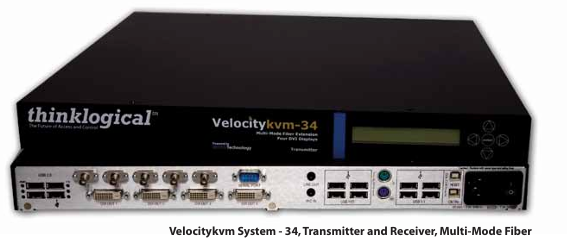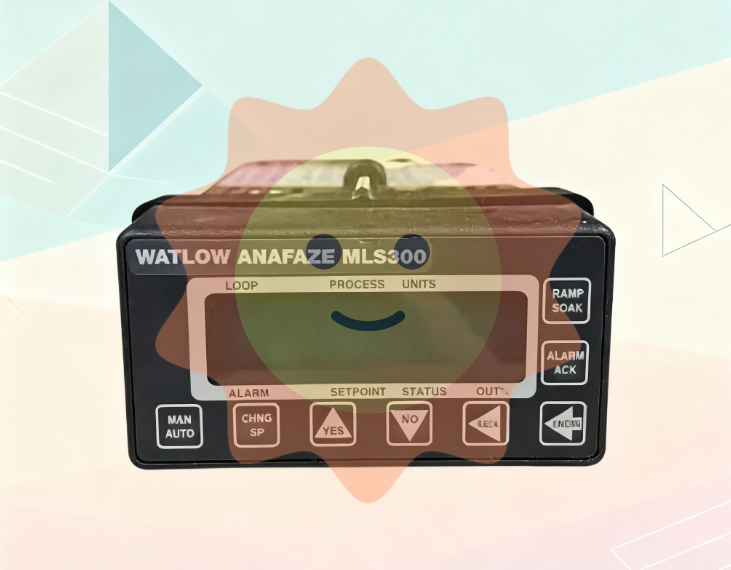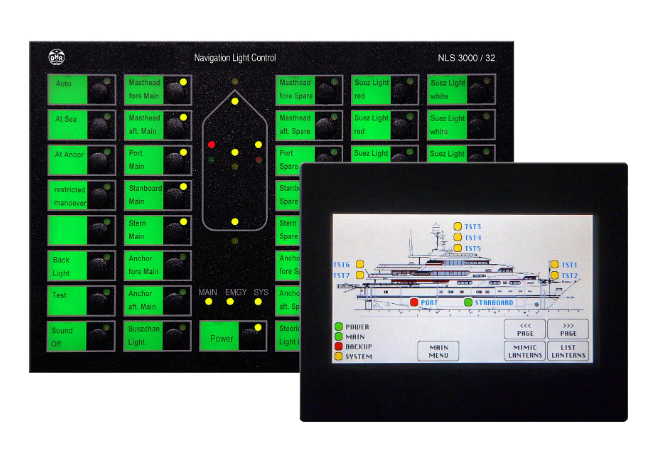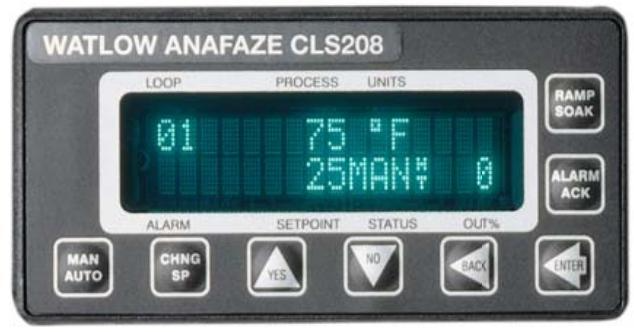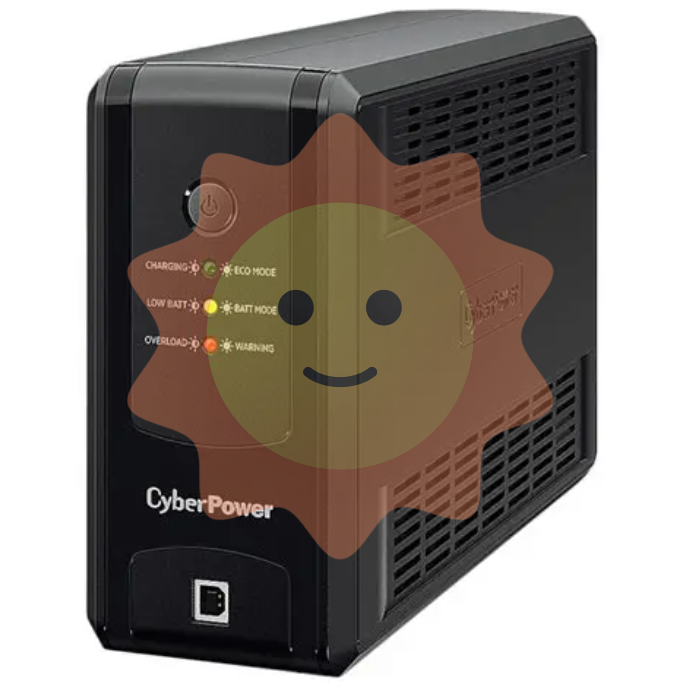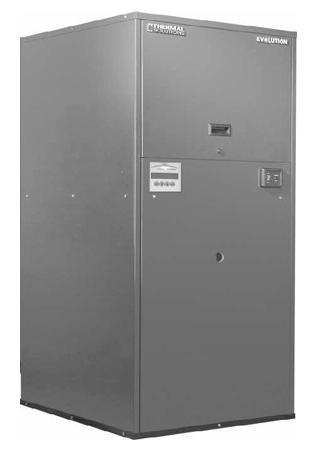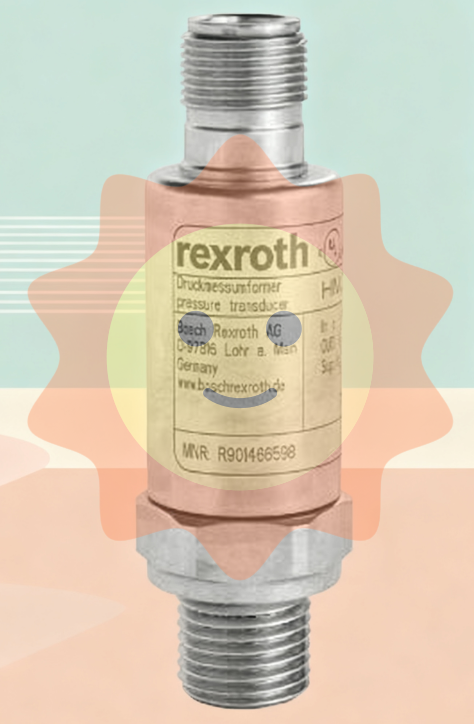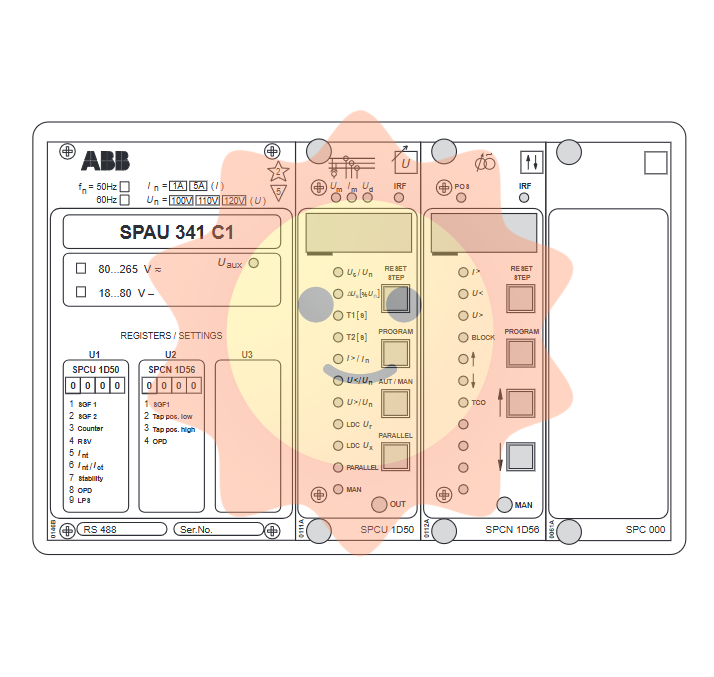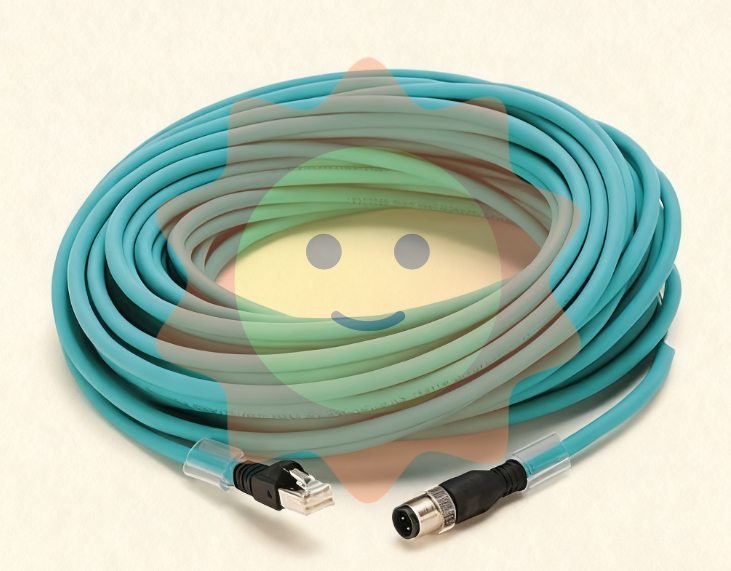GE ds3800hnma CIRCUIT BOARD
GE ds3800hnma CIRCUIT BOARD
Part Number ds3800hnma Manufacturer General Electric Country of Manufacture As Per GE Manufacturing Policy Series Mark VI/VIe Function Module Availability In StockDS3800HNMA is a Null Modem Communication Card developed by GE. It is a part of Mark IV control system. Despite the obsolescence of the series, the GE General Electric Speedtronic Mark IV Gas Turbine Control System remains a reliable solution. This series provides a strong and dependable control system that is perfectly suited to its application. Features It has two ports with female terminals.
Twenty-five tiny ports make up the female ports. There are two silver tubes on either side of the female terminal ports, where the male terminal port of the connecting circuit board can be screwed firmly into place. The board features two female ports and four metal prongs in between them. The term "Jumper Ports" refers to these metal prongs. System Operator Interface The displays' ability to eliminate the need to enter the Mark IV panel to make adjustments and identify issues is a crucial feature. The panel front is used for the great majority of this work. This is significant in terms of reliability because a single mistake in the old control might trip the turbine.
The majority of Mark IV settings are entered into the "control constants" display. The operator will navigate to the control constants display and select the appropriate page if he has to modify the value for a pre-selected load. For entering the adjust mode, the CRT will label one of the unused switches. For a switch function that is identified by software, GE refer to these switches as "soft" switches. The Mark IV will request the password when this soft switch is pressed (not everyone should be able to change control constants). The operator makes the adjustment within a specific range by using the cursor and the increment or decrement switches after entering the correct quantity. Despite its seeming complexity, this procedure may be mastered in a matter of minutes.
In reality, it is more simpler than the more traditional approach of using jumper wires to connect digital voltmeters to the appropriate places, flipping pots with a tiny screwdriver, and converting volts to engineering units. Relay Modules The relay modules house the relays required to connect the controllers and communicator to external devices. Each relay is assigned a unique location designator. Each relay has its own relay name. Functional names for special purpose relays include 4X-1, RA, PERM, and 45FTX. General-purpose, functionally reassignable relays are given general names that begin with a R and end with a number, such as R23.
The relay module number, an R, the absolute row number, the slot number, and the location within that slot comprise the location designator, which is a five-character alphanumeric string. The absolute row number is the row number that is not affected by module divisions. In other words, row 4 refers to the first row of module number 2. Each slot can accommodate three relays stacked vertically. The top position is A, and the bottom position is C. 2R4KA is an example of a location designator. This relay can be found in relay module 2 RELAY2, absolute row 4, slot K, position A. (top).
Features
Single-Slot Module
SNP/SNP-X Protocol (master, slave)
CCM Protocol (master, slave, peer)
RTU Modbus Protocol (slave only)
Supports connection to MS-DOS or Windows
programming and configuration software package (monitor only)
12 Mhz, 80C186 Microprocessor
Two RS-422/RS-485 or RS-232 Serial Ports
CCM, RTU and SNP/SNP-X Available on Either or Both Ports
Simultaneous Communications on Both Ports (up to 9.6 Kbps, or 19.2 Kbps individually)
High Performance Access to PLC Memory
Three Status LEDs
Reset pushbutton
Soft Switch Configuration (no switches or jumpers)
No Battery Required
Ease of Use
• Simple and powerful instruction set
• One-axis or two-axis motion programs with synchronized block start
• Program support for a short motion program (called Program Zero) which can be created in the MS-DOS programming software configuration function
• Nonvolatile (flash) storage for 10 programs and 40 subroutines
• User scaling of programming units (in Standard mode only)
• Generic programming using command parameters as operands for Acceleration, Velocity, Move and Dwell commands
• Configured with MS-DOS configuration software

- User name Member Level Quantity Specification Purchase Date
- Satisfaction :
-









Email:wang@kongjiangauto.com


















